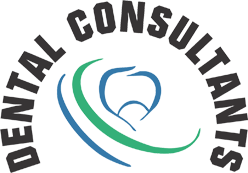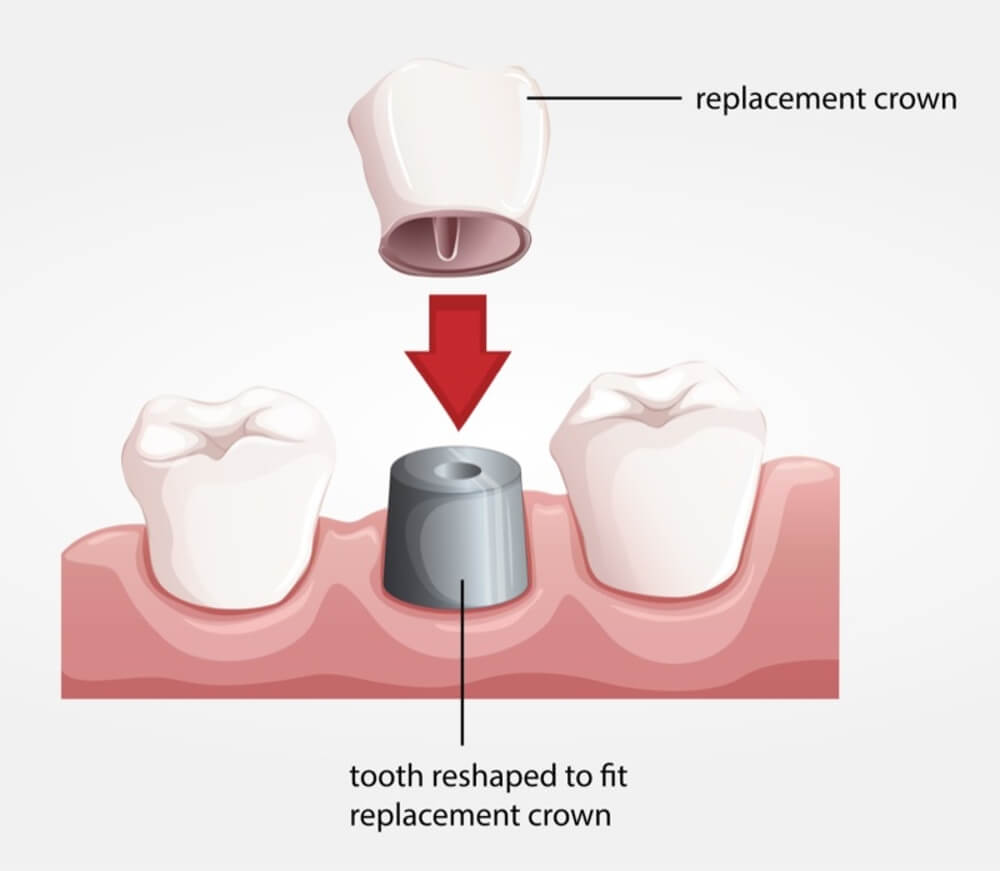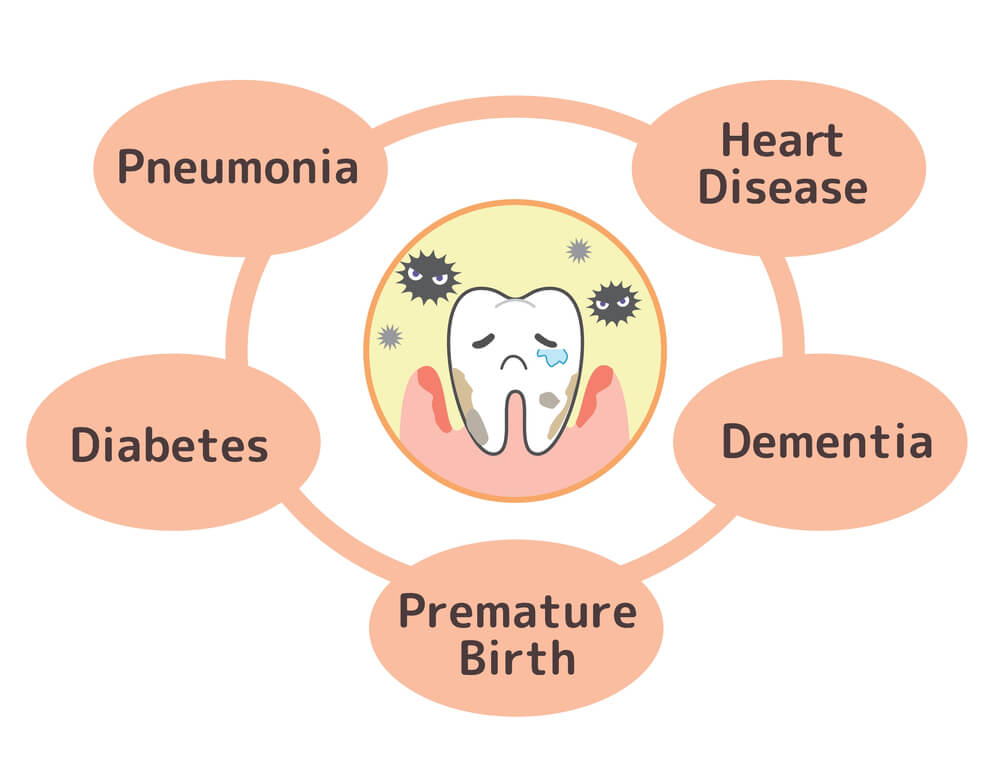Overcoming Sugar Addiction – Get Off Sugar & Stop Cravings
What is Sugar Addiction? And is it possible to be addicted to sugar? Unfortunately, the answer is yes. Not only is it possible, but it is also likely that millions of Americans suffer from sugar addiction. Research at St. Luke’s Center shows that sugar is more addictive than cocaine. Sugar Addiction causes changes in brain chemistry.

History of Sugar
It all started long ago, as Sugar History tells us when sugarcane was grown by the people of New Guinea in 8,000 B.C. Sugar was produced in China around 800 B.C. and in India around 500 B.C. Alexander the Great brought some back from India around 300 B.C. By the 9th century, it was popular in the Middle East and came to Europe during the Crusades starting around the 11th century.
Once, Europeans got a taste of the stuff, it became a treasured flavoring for the elite. At first, the rich served sugar as a delicacy. Then, as more sugar became available and the price came down, its popularity increased dramatically. The historical record shows increasing tooth decay along with the increasing availability and lower prices of sugar. In an interesting twist of fate, the wealthy, who could afford more sugar, also got more cavities. These cavities led to plenty of severe toothaches and painful tooth extractions, without the use of any anesthesia.

In more modern times in America, there was a significant increase in the amount of sugar consumed by the average American, as processed foods became more popular starting in the 1950s.
The USDA estimates that the average adult consumption of sugar in the 1950s was about 4.7% of the daily food intake. During the 1950s, each year an American adult consumed about 110 pounds of sugars that included cane and beet sugar as well as corn sweeteners. By 1999, sugar consumption rose to the record-setting amount of 155 pounds per person per year. This is an incredible amount. In 2000, sugar consumption was equivalent to 2/5 of a pound of sugar per day or about 52 teaspoonfuls per person per day.
Sugar Consumption and the Rising Obesity in America
The dramatic rise in obesity in the USA matches the rise in sugar consumption. In the same USDA report (pg. 14), it states that the National Center for Health Statistics says that 62% of American adults were overweight by 2000, which was an increase from 46% in 1980. Currently, the USDA report (pg. 20), recommends that an average American eating a daily diet consisting of 2,000 calories should not consume more than 40 grams of sugar.

This is equal to about ten teaspoons of sugar. Surprisingly, that is the amount of added sugar in a single 12 oz. can of soda. As noted by Medical News Today, fruit drinks and sodas also cause the biggest problems in tooth decay.
Sugar is in Everything
In the processed food industry in America over the past decades, sugar addiction became the largest. Its presence hides in foods that consumers do not normally think of as “sweet,” such as bread, crackers, soups, rice mixes, mayonnaise, ketchup, salad dressings, and canned vegetables. Of course, there is lots of sugar in soft drinks, but also in sports drinks and energy drinks. Sugars are abundant in supposedly more healthy choices, such as fruit juices, fruit drinks, and yogurt.
The Low-Fat versus Low-Carbs Diet Controversy
At one point, starting in the 1960s, as published in a study in the Journal of the History of Medicine and Allied Sciences, Americans were convinced that a high-fat diet was the cause of health problems and excessive weight. Food manufacturers quickly caught on and began to label many foods as “low-fat,” including candy bars! This gave consumers the false impression that they could eat “low-fat” items and not gain weight.
During the 1970s, Dr. Robert C. Atkins popularized his concept of the “Atkins Diet,” which was low in carbohydrates as the best way to lose weight, which became very popular. “The Fat” was no longer the culprit instead; it was the sugar, which was the problem.
While the controversy rages on between, which is better, a low-fat, or a low-carb diet, Harvard Medical School reports the current thinking is that any healthy diet will work when a person sticks to it. They recommend a Mediterranean-style diet. Regardless of the diet choices and their popularity, Americans (both adults and children) continue their addiction to sugar.
The Problem with Food Product Labeling
One of the reasons that sugar has become so addictive is that it hides in so many products. On the nutritional information panel, sugars are listed by weight in grams with no accompanying percentage of the USDA daily recommended amount. This makes it difficult for consumers to know exactly how much sugar they are eating. There is a movement by the FDA, as reported in the LA Times, to improve the labeling for sugars to help consumers make better choices.
Manufacturers who make high use of added sugars in their products have not been cooperative with better labeling efforts, nor have those in the sugar industry been forthcoming in revealing the results of studies they conducted that linked increased obesity with increased sugar consumption. An investigation of the sugar industry shows they acted in cover-ups of the data, as reported by Medical News Today, much like tobacco companies did when they tried to hide the negative health effects caused by their products.
Medical News ran a story about how the World Health Organization wants to clamp down on the excessive use of sugars in foods and at least get better labeling on products to show the amount of sugar they contain.
Dr. Robert Lusting believes sugar is poison and wrote a book about this. Scientific American gives a balanced report about the toxicity of sugar. All of the research supports the need for Americans to reduce sugar addiction for improved dental and overall health.






